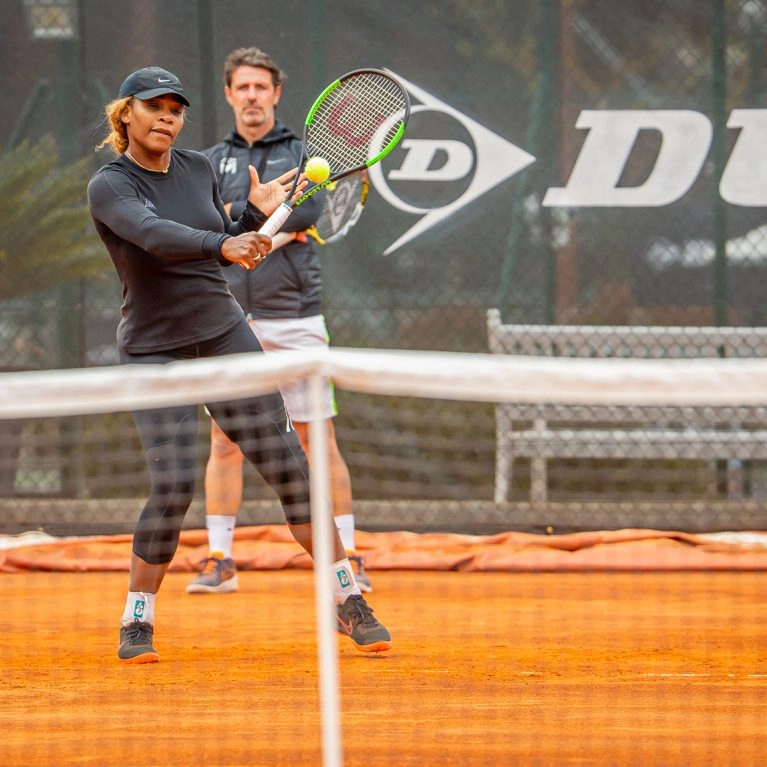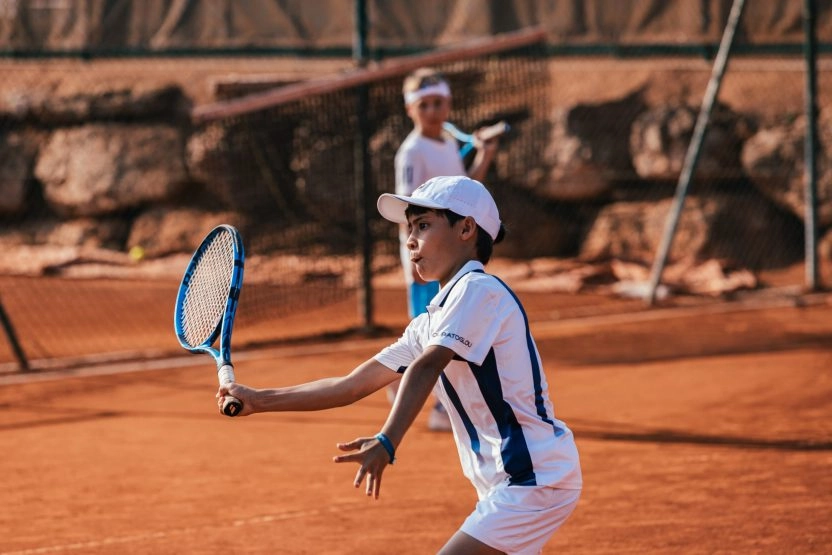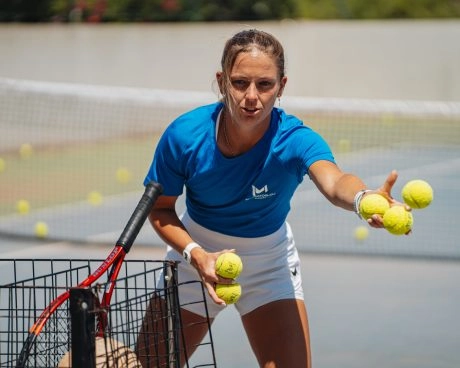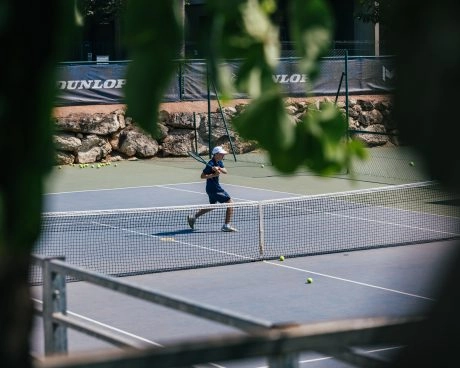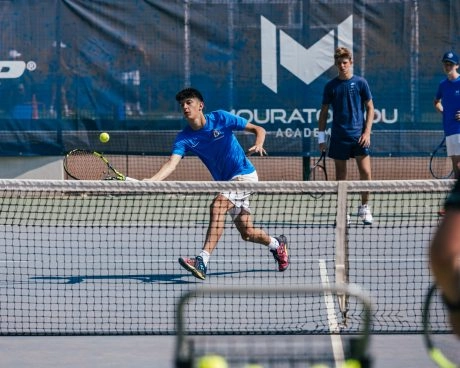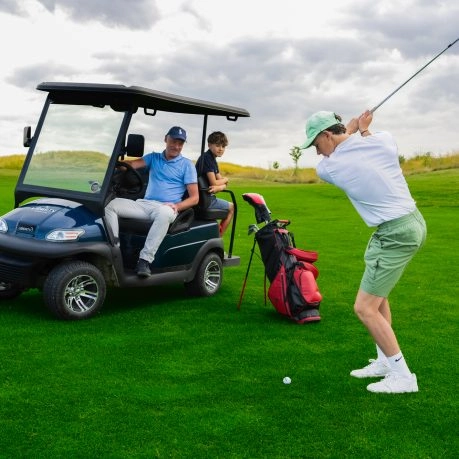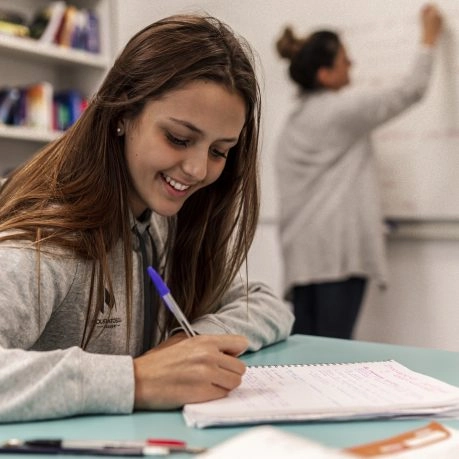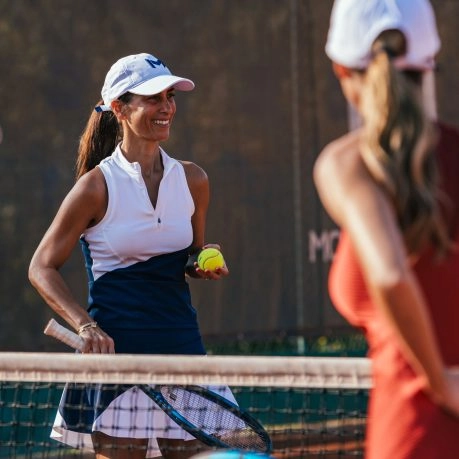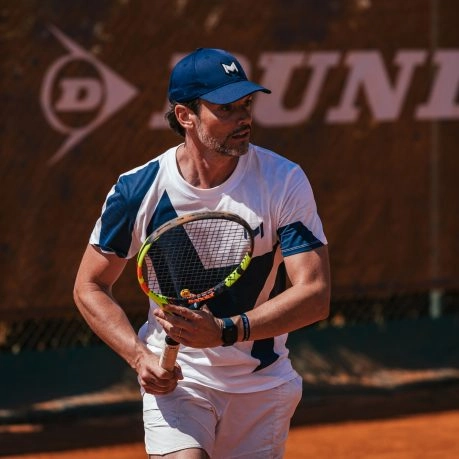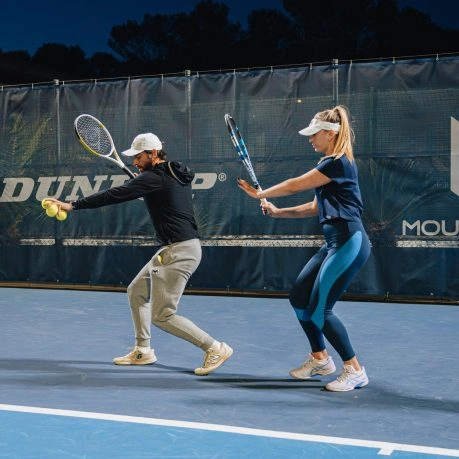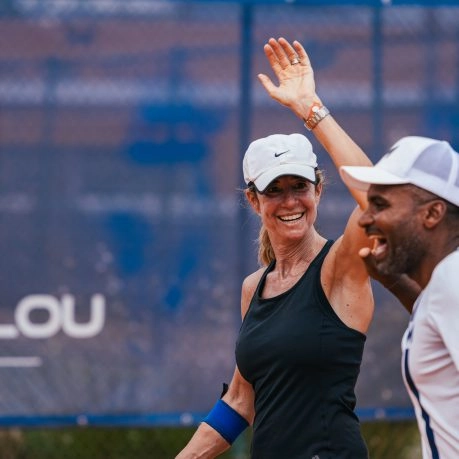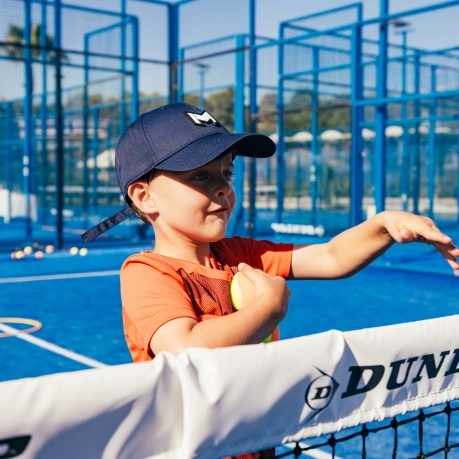Adopting a dynamic waiting posture
The first thing to master is the waiting posture, also known as the athlete’s stance. You need to be slightly bent at the legs, with your body weight distributed over the front of your feet. This allows you to be ready to react quickly to the next volley. By keeping your legs active, you’re always ready to pounce on the ball, whether it’s a low volley or a higher ball.
